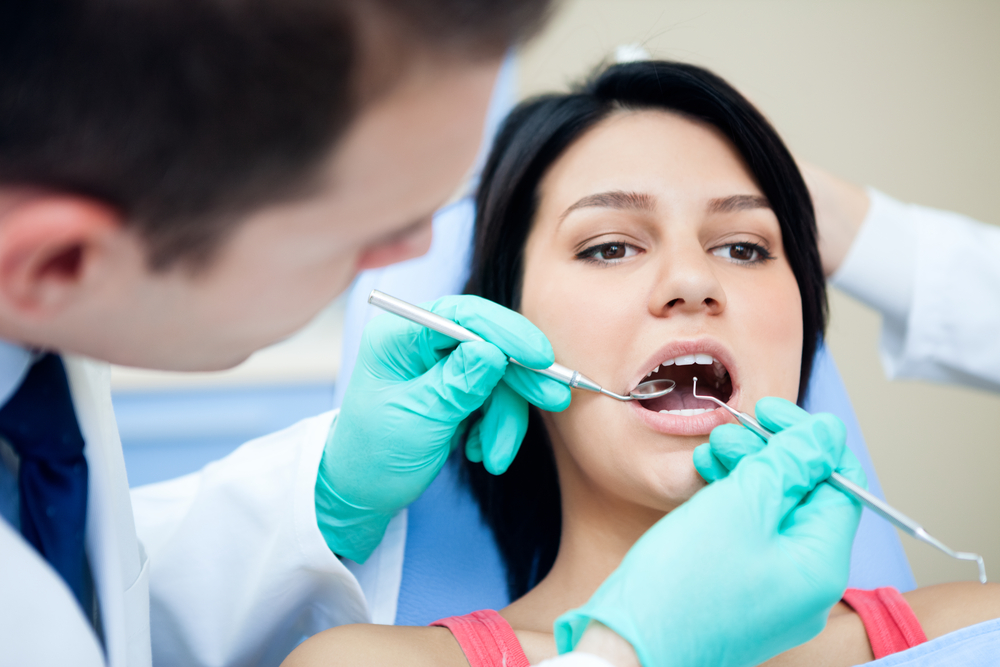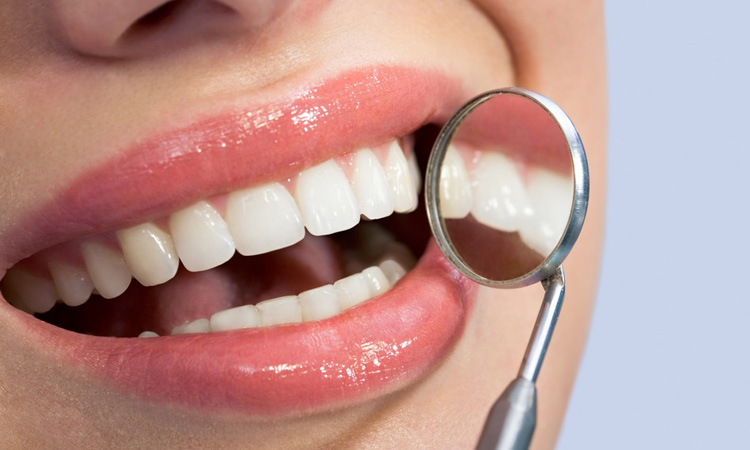A baby’s gums feel smooth during the first few months of his life. While teeth start developing as tooth buds before a baby is born, the teeth take their time breaking through the gums. Pearly whites typically make their first appearance when the baby is four to seven months old.
Which Teeth Emerge First?
The teething process often begins with uncharacteristic crankiness and a fever. Soon, the first tooth emerges. Over a period of several months, more teeth appear in the order of: bottom two middle teeth, top two middle teeth, then side and back teeth.
The top and bottom back molars appear around a baby’s second birthday. Around a child’s third birthday, 20 teeth occupy his mouth. Permanent teeth replace the baby teeth by around age six.
What are the Symptoms of Teething?

Most babies experience discomfort as their teeth break through the gums. Experts disagree if the symptoms result from the actual teething process or if the symptoms are merely coincidental. Parents, however, verify that babies typically exhibit several signs that indicate growing teeth. These signs include drooling, gum swelling and sensitivity, fussiness or irritability, biting, sleep trouble, diarrhea, runny nose, and fever.
Every baby exhibits different teething signs. Parents should consult the baby’s doctor if the symptoms increase in severity or if the fever stays higher than 101 degrees F. In these cases, the baby might have an ear infection or other medical condition that requires treatment.
How Can Parents Ease the Teething Symptoms?
Many remedies help a baby feel comfortable. While there’s no way to make the pain go away, babies appreciate any soothing techniques their parents can offer.
Chew toys like rubber teething rings or a cold washcloth give baby a device to bite. Parents can also try gently but firmly rubbing their clean fingers over their baby’s gums. Excessive drool might create a rash on a baby’s chin. Applying a thin layer of petroleum jelly protects a baby’s sensitive skin. Cold foods like applesauce, yogurt, or hard zwieback crackers ease symptoms for babies who are eating solid foods.
Pain medications may help relieve soreness, tenderness, and pressure. Infant pain medication, administered orally, provides relief if the doctor approves the medication. Likewise, topical pain relief gel numbs the gums. This symptom reliever could weaken a baby’s gag reflex, though. As with all medications, parents must follow the directions to avoid administering too much medication.
For fussy babies, parents can try techniques that comfort their child. Car rides, a ride in the infant swing, outdoor walks or warm baths give both the baby and the parent a temporary reprieve from teething discomfort.
Teething is a normal part of a baby’s development. When a baby’s first tooth starts to break the gums’ surface, parents might wonder what’s wrong with their child. After a few days, they discover the tiny tooth that has broken the surface. After a few pictures that document the event, parents and baby can find solutions that ease the pain, reduce the symptoms, and offer relief until the next tooth emerges.




